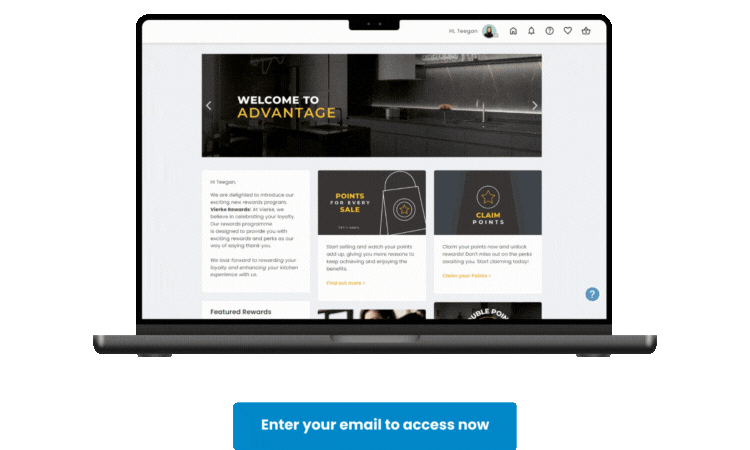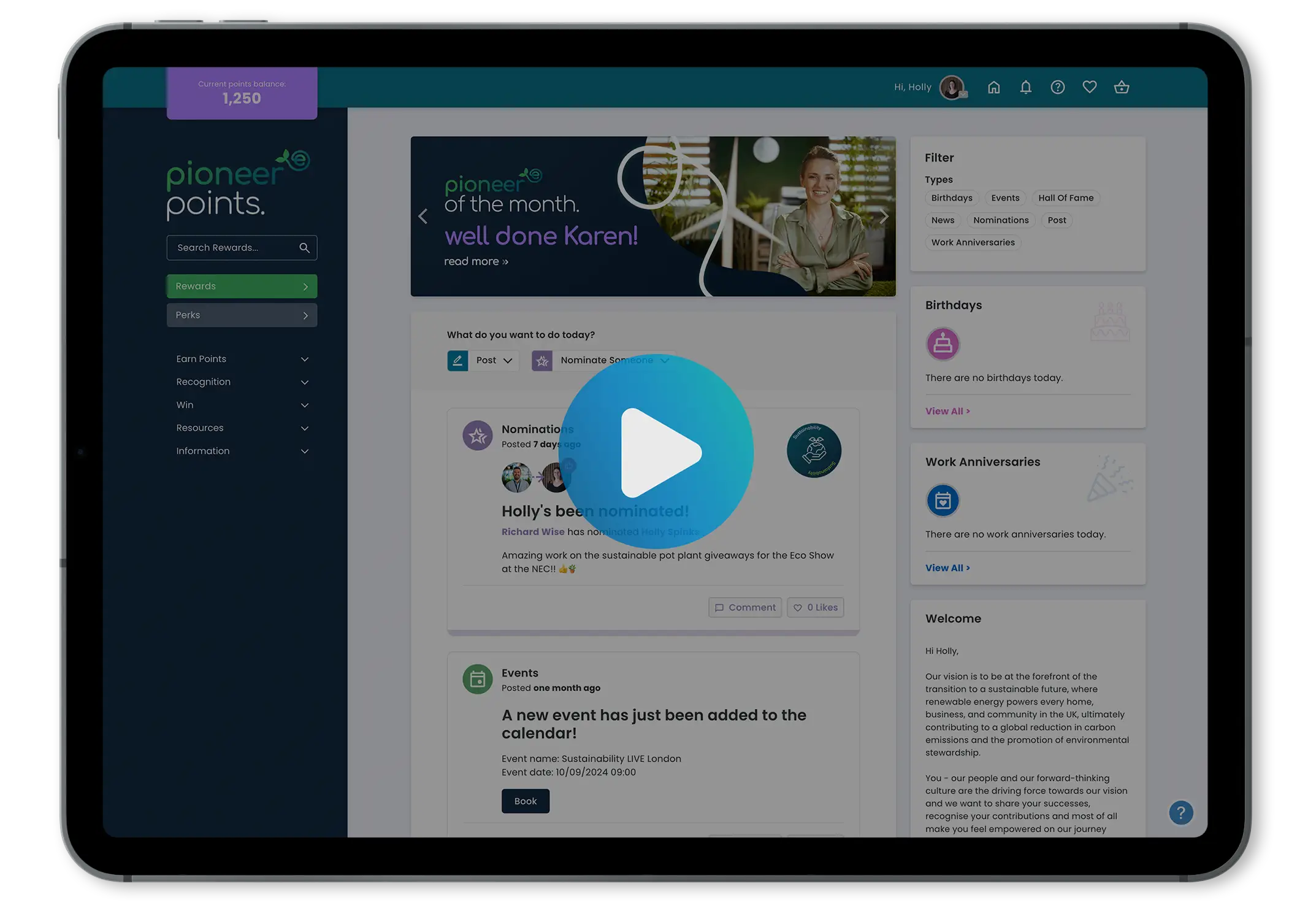


Competitiveness is a sliding scale. Some of us are way up at the top, ready to stash 500 in Monopoly money under the board until the final twenty minutes of the game or let a friendly game of basement ping-pong descend into an intense game of whack-it-as-hard-as-you-can. The rest of us are a little more relaxed – maybe we’re not above glancing at the reflection of our partner’s poker hand in their sunglasses but, then again, we’re always happy to be paired with the bad artist for Pictionary.
Still, some things can easily work up that competitive spirit, and leaderboards are one of them.
Leaderboards tell a story in real-time, and they are pretty effective at lighting a fire under our feet and getting us pleasantly riled up. That’s why we integrated them into our B2B customer loyalty programmes.
Take a look at the landslide success story that is Peloton. While many a stationary bike has idled away in the corner of the spare room or beneath a pile of coats and scarves, Peloton’s stationary bikes have taken on a near-legendary status in our lives. True, the basic principle behind their stationary bikes is no different to any other, but their integrated, membership-only experience puts them head, shoulders, knees, and toes above the competition.
This experience is built around a Leaderboard – the ability to earn points during each session and climb the Leaderboard, beating friends to the top spot. This idea of fitness gamification means users will pay a much higher price, demonstrate fervent brand loyalty, and enjoy a better overall experience.
But that’s different, isn’t it? How does the leaderboard translate into sales?

Driving sales performance
Some people are born to be in sales. That enthusiasm for a challenge – that competitive spirit – is incredibly powerful when it’s harnessed in a sales environment, where one-upping oneself is just as important (if not more important) than one-upping anyone else.
For salespeople, chasing one prize after the next is part of their nature. Top ten? Top five? Top spot? They’re chomping at the bit. For businesses, this is great; it means enthusiasm, fire, forward-motion…all the mindsets that lead to strong results month-in, month-out. It means engaged employees will look for innovative new ways to boost their own results, thus improving the company’s bottom line.
The trouble is, leaderboards can also have a detrimental impact on the wider team. Anyone who consistently falls in at 11th, 12th, or 20th can be prone to giving up early, at a (very genuine) loss over what they can do to reach that top 10. Of course, training and development opportunities are the key to combatting that stuck-in-the-mud feeling that any salesperson can run afoul of, but what happens to the person they supersede? In a 20-person team, 10 people are always going to have to fill those bottom slots.

The Power of the League Ladder
Instead of operating with one single league, how about giving the lower-performing salespeople a league of their own? That way, competition can be kept between individuals who are better matched in terms of performance, experience, and skill, and you can stay focused on making sales incentives fun.
Think of it like the Premier League and the EFL, and the benefits that separation offers to players who can enjoy a less demoralising season when they’re only competing against teams on their level.
Whatever league they’re in, your salespeople can remain focused on the same objectives and, ultimately, on driving performance. It works when you’re looking to offer whole channel incentives, too. With separation between top and average performers, the competition is never too steep – and, as a result, there’s never a reason to resort to those business-draining what’s-the-point-isms.
For managers and channel heads, the league ladder also makes insights a lot more, well, insightful! Through your incentive platform, you can clearly see who is engaged (whether they’re fighting for spot 1 in the upper league, or fighting through the crowd in a lower league) and who is in need of additional attention, training, and help. In a single league, the parameters are simply too broad for that level of insight.
This is a great complement to points-allocation and incentives.

The Power of Competition
Competition has been motivating humans for thousands of years, and plenty of studies have been made into the power it holds for improving performance and raising the bar higher and higher.
Researchers have found that competitive environments can lead to faster reaction times and better performances, particularly in physical effort tasks. Its close relationship with gamification means that, used right, it can represent a constant source of motivation and a reason to engage with tasks every day.
But competition has to be used wisely. Pitting salespeople against one another just for the sake of it can lead to a toxic working environment, particularly for those who are lacking years and experience in their roles. Too much competition will always drive lower-performers away, so adapt the playing field – or create an entirely new one – to maximise productivity and self-development.



![How to keep customers coming back for more{{ include_custom_fonts({"Poppins":["Semi Bold"]}) }}](https://no-cache.hubspot.com/cta/default/5921162/interactive-188375258646.png)





